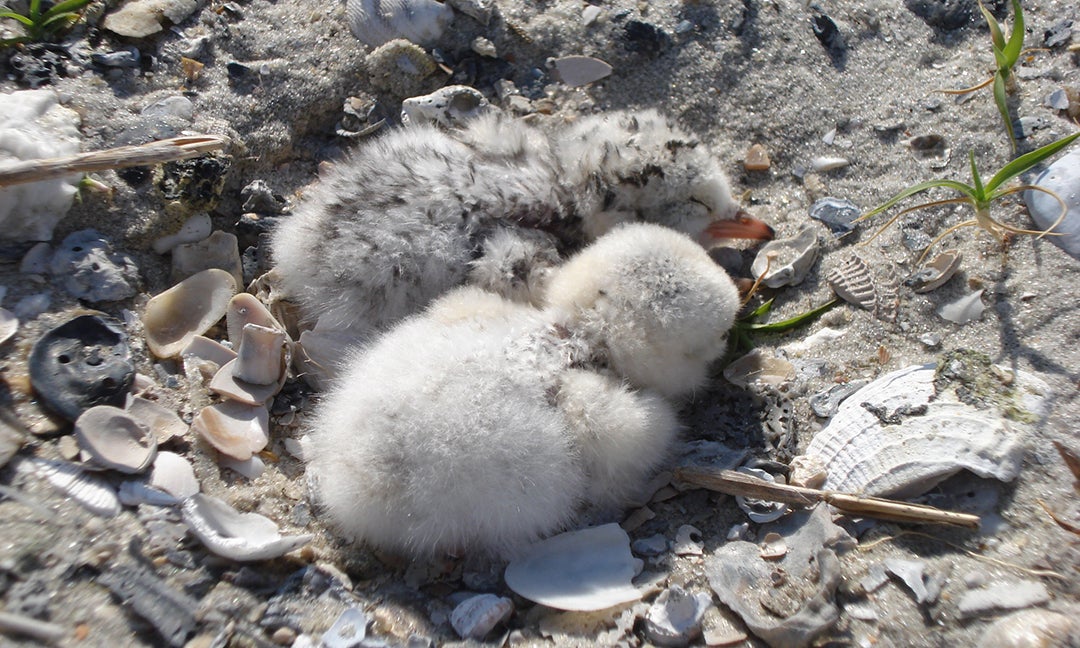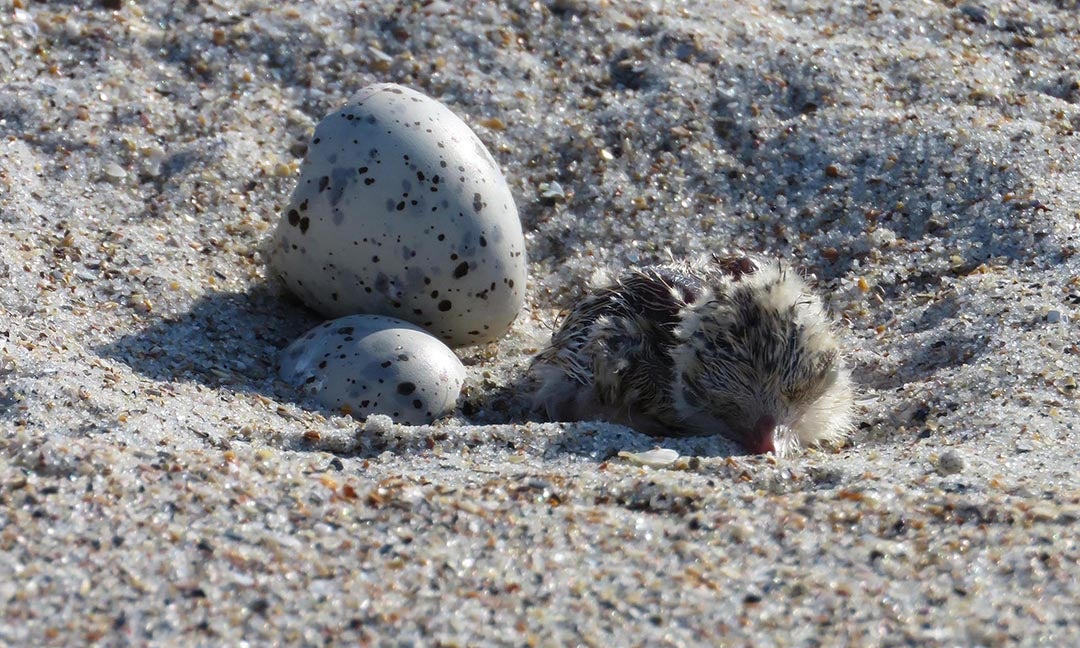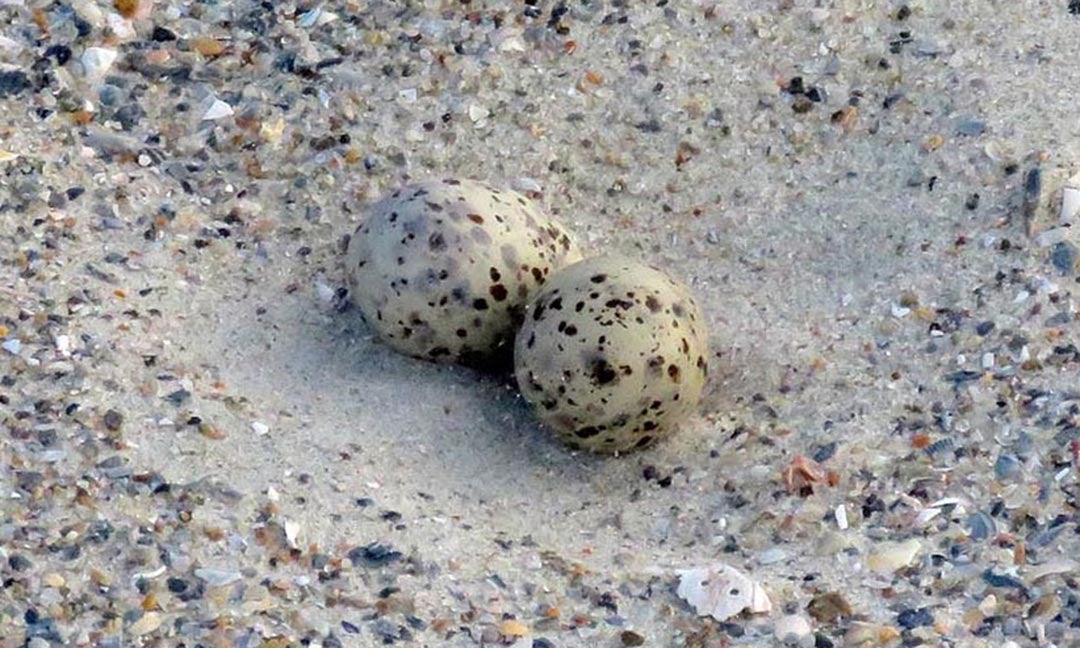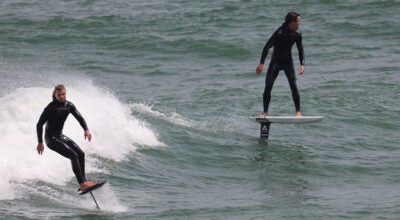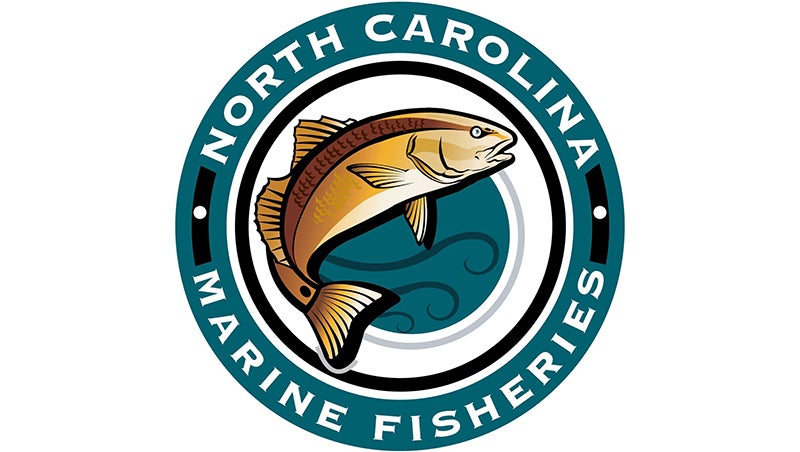NC Wildlife Resources Commission asks beachgoers to watch for nesting birds
Published 5:23 pm Wednesday, May 19, 2021
|
Getting your Trinity Audio player ready...
|
Before hitting the beach this summer, visitors should remember to “share the shore” with beach-nesting birds, giving them, their eggs and chicks a wide berth, states a press release from the North Carolina Wildlife Resources Commission.
Shorebird nesting is now underway along the coast and NCWRC biologists urge people to watch where they step on the beach because these birds are very sensitive to human disturbance. Eggs and chicks are well camouflaged and can be unintentionally stepped on and crushed by humans and pets. Getting too close to a nesting bird can cause it to fly off, leaving the eggs or chicks vulnerable to the elements or to predators.
“Birds have their ways of letting you know when you’re too close,” said Dr. Sara Schweitzer, assistant chief of WRC’s Wildlife Diversity Program, wildlife management division. “They’ll call loudly and often fly at you, only pulling up when a foot or so above your head. Some species will pretend to have a broken wing to lure you or other perceived predators away from the nest and chicks.”
Skimmers, terns, oystercatchers and plovers are some of the bird species that nest on the beach. Populations of several of these species, such as the common tern, gull-billed tern and black skimmer, have plummeted in recent years — mainly due to human disturbance and habitat loss. However, increased monitoring efforts and protections have led to stable or increasing numbers of nesting American oystercatchers and Wilson’s plovers along the North Carolina coast.
Because beachgoers may not recognize bird-nesting habitats, WRC asks the public to observe the black-and-white signs posted by the agency and signs posted by agency partners around important beach-nesting areas and islands. The signs help people avoid nesting grounds from April 1 through Aug. 31 — the sensitive nesting and brood-rearing season — and advise that entering an area can result in the loss of eggs or chicks.
WRC staff members also remind boaters to be mindful of nesting birds on islands, particularly if they approach an island posted with the black-and-white signs.
“We encourage everyone to respect the posted areas, and avoid islands marked as bird-nesting areas and even other islands where they see nesting birds,” Schweitzer said. “Some birds nest right down to the high tide line, so the likelihood of disturbing nests and stepping on flightless chicks is high. Finding another place to anchor would be preferred.”
Schweitzer added that it’s especially important to adhere to the ‘No dogs’ rule on the signs. Not only is it the law, but one dog can destroy an entire bird nesting colony in minutes.
Some islands that serve as beach-nesting habitat are not marked with black-and-white signs, such as many of the state’s marsh islands in the sounds. Schweitzer recommends that people give these islands a buffer between their activities and any nesting birds.
“American oystercatchers nest on several small islands along the Intracoastal Waterway and other small islands in sounds, and most of these islands are not managed by the Wildlife Commission and are not posted,” Schweitzer said.
Likewise, not all nesting areas on the beach are posted, so coastal visitors and residents should be always aware of their surroundings.
Beachgoers can help protect nesting shorebirds are by:
- Keeping dogs on a leash at all times. Dogs may chase and harass birds, as well as trample nests, killing chicks or crushing eggs.
- Following the beach driving regulations.If driving is permitted, only drive on the lower part of the beach and drive slowly enough to avoid running over chicks.
- Disposing of trash properly when leaving the beach, including bait and scraps from cleaned fish, which can attract predators such as gulls, raccoons, feral cats and foxes.
- Discarding fishing line and kite string in an appropriate receptacle. These materials can entangle and kill birds and other wildlife if left on the beach.
- Abstaining from feeding gulls on the beach.Gulls are a major predator of young chicks and eggs.
- Grounding drones and kites near nesting colonies.They may be mistaken for a predator.
Cooperating with these simple steps and observing the posted signs will protect valuable bird resources and preserve our amazing beaches and wild waterfronts.
For more information about beach-nesting waterbirds and how to protect them, download the “North Carolina’s Beach-Nesting Birds” document or visit the Wildlife Commission’s Conserving page, http://www.ncwildlife.org/conserving.
READ ABOUT MORE NEWS AND EVENTS HERE.
RECENT HEADLINES:
Dare County Extension: An untapped resource for adults and youth
New permit facilitates transfer of shellfish for restoration projects


